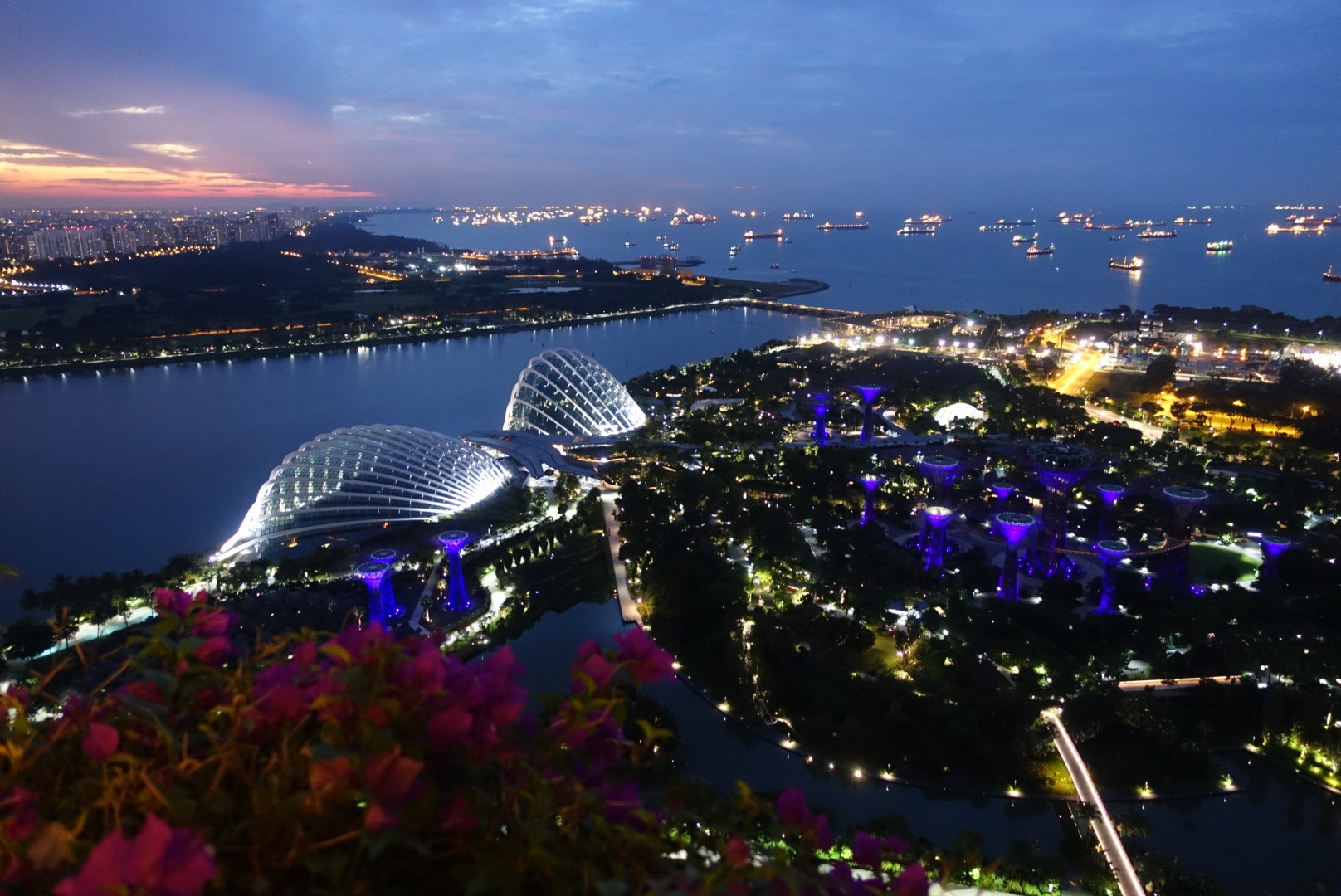Singapore – a true world city
By Natalie Rayment
“Our challenge was to create a vital public place at the district – urban scale, in other words, to address the issue of mega scale and invent an urban landscape that would work at the human scale.”
This is how world renowned architect Moshe Safdie described his most famous work – the Marina Bay Sands in Singapore.
The five-billion-dollar development opened in 2010 – just four and a half years after construction started – creating jobs, increased tourism and generated revenue for the government.
Basically everything you would hope a visionary development would do.
Why then do we face such relentless opposition to similarly iconic developments in Australia?
I’m in Singapore this week to see first-hand why this city lays claim to the title of The Garden City.
Described as a practical utopia, Singapore has a population almost three times that of Brisbane.
The city gained independence from Malaysia more than 50 years ago and is a social and political experiment, where the government sets goals of creating affordable housing and home ownership. The experiment appears to be working with the city at near full-employment which is a unique achievement on a global scale.
Singapore is a city with plentiful greenery, tree lined boulevards and parks, reinforced by design standards requiring greenery and public spaces on multi-levels.
The city has also implemented a Green Mark Rating System on buildings, with an increasing emphasis on reducing energy and water usage.
While in Singapore I am keen to look at the work of local architects, WOHA. I want to learn the latest on what they are doing and how it compares to their proposed development in Brisbane.
Obviously there are cultural differences between our two cities however this shouldn’t translate into massive differences in planning policies. juxtaposition
Despite its population and desire to be a world leader in cutting edge design, Singapore has proven it is possible to balance the new with the old.
Its modern skyline is a juxtaposition of modern towers with the lower density heritage buildings of Chinatown.
In fact, the Marina Bay Sands development is inspired by great ancient cities that were ordered around a vital public thoroughfare. It is focused on pedestrian mobility, particularly along the two central movement spines in the surrounding area.
This sounds very much like what has been proposed with the Queen’s Wharf proposal in the Brisbane CBD only on a slightly smaller scale.
It fascinates me that, despite the growing examples of how such projects provide both community and economic benefit to the great cities of the world, we are continually hamstrung by the vocal minority voice of the NIMBYs.
During my visit to Singapore I will also be looking at a number of examples of how they continue to produce innovative green building outcomes and how these can translate into better planning outcomes for Brisbane and the South East.
Over the coming days I will post more from Singapore along with images of some of their iconic architecture.
Natalie Rayment



